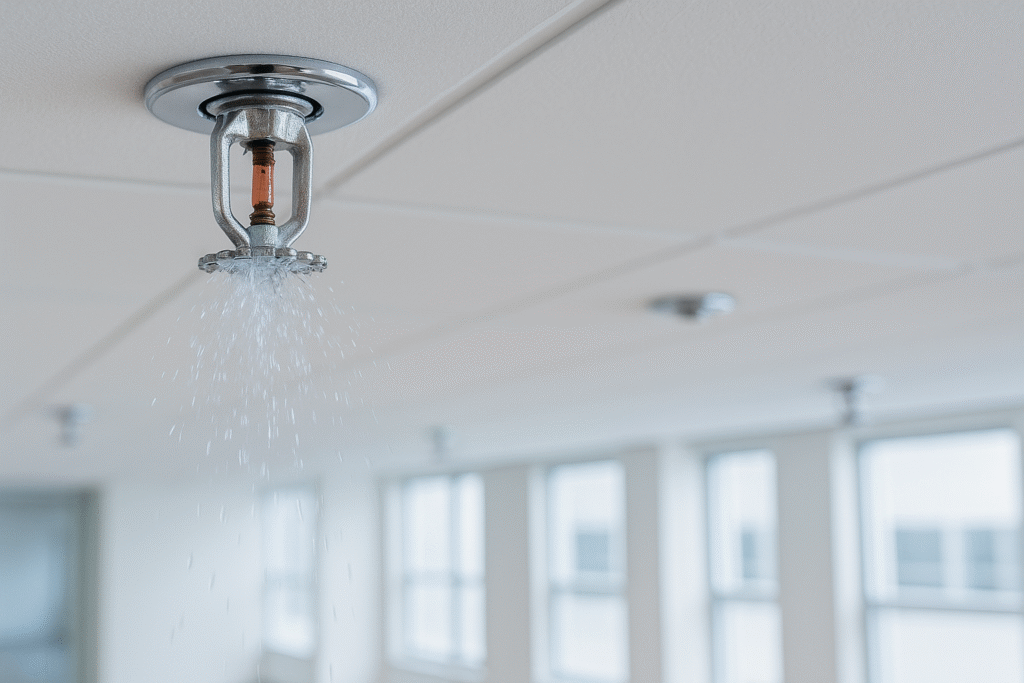Sprinkler System basics explained for beginners! Learn types, components, and how fire sprinklers work with visual diagrams and real-world examples.


Sprinkler System basics explained for beginners! Learn types, components, and how fire sprinklers work with visual diagrams and real-world examples.